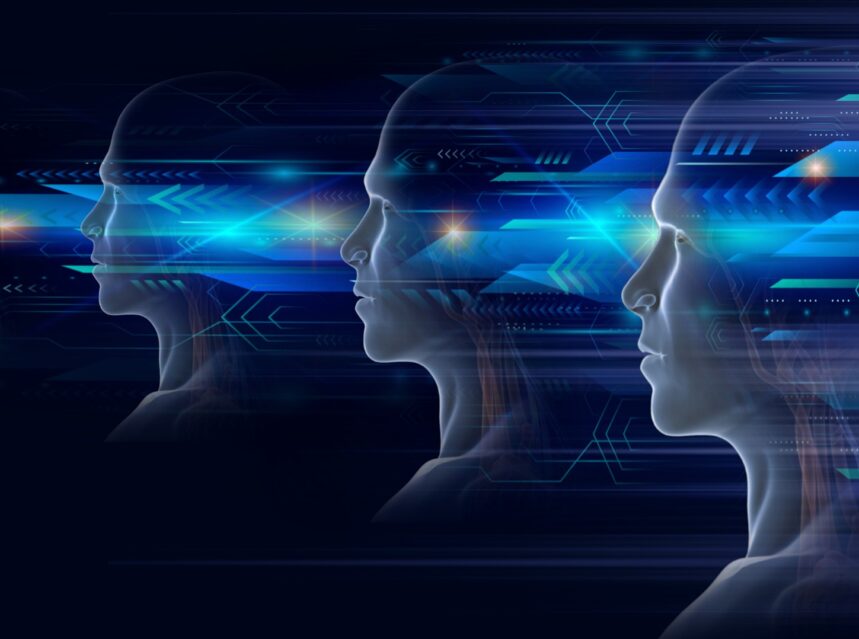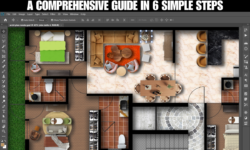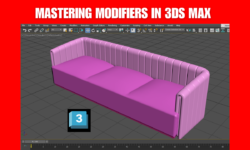Designing For The Future: The Intersection Of AI And Human-Centered Design



In this article we will explore about Designing for the future and understand how AI technology can enhance and support human-centered design, while also preserve its core values and principles.
What is Human-Centered Design?
Human-Centered Design Is an approach to create products, services, and experiences that focus on the needs and preferences of the people who will use them. It involves understanding the user’s goals, behaviours, and pain points, and using that information to guide the design process.
An example is a hospital that redesigns its patient rooms using human-centered design. They might study how patients use the space, what type of furniture and equipment they need, and what kind of environment makes them feel more comfortable. Based on that information, they would design a room that meets the needs of patients, rather than just the requirements of hospital staff.
In short, human-centered design puts the needs and preferences of people at the centre of the design process, resulting in products and services that are more usable, and enjoyable for the end user.
Intersection Of AI Technology And Human-Centered Design
Intersection Of AI Technology And Human-Centered Design means using artificial intelligence to design products, services, and systems that put people at the center of the design process. This means using AI to create solutions that are more personalised, efficient, and effective.
For example, let’s say you are designing a fitness app using human-centered design principles. You want to create an app that is easy to use and helps users achieve their fitness goals. By incorporating AI technology into the app, you can create personalised workout plans based on user data, such as fitness level, age, and weight. The app can use AI to track user progress and make recommendations for workouts or exercises that would be beneficial.
This intersection of AI and Human-Centered design means that app is not just focused on features and functionality, but on the user’s needs and goals. By using AI to understand and personalise the user experience, the app can be more effective in helping people achieve their fitness goals.
Here Are 10 Ways In Which AI Can Enhance And Support Human-Centered Design, While Preserving Its Core Values And Principles:
Personalisation:
AI can help designers Create customised and personalised designs based on individual preferences, needs and requirements .
Speed:
Ai can automate many of the time-consuming and repetitive tasks involved in the design process, allowing designers to focus on more creative and innovative aspects of the project.
Sustainability:
AI can help designers assess the sustainability of their designs and make recommendations for more environmentally friendly materials, products and practices.
Accessibility:
AI can help make design more accessible to everyone, regardless of their experience, skill level or background.
User-Centered design:
AI can help designers better understand the needs, preferences and behaviours of their users, by providing valuable insights and data.
Design Collaboration:
AI can support collaboration between designers, stakeholders and end-users, by providing real-time feedback and updates on the design process.
Design Optimisation:
AI can help designers optimise their designs, by providing recommendations for materials, products and construction methods that are best suited to their specific needs.
Quality Assurance:
AI can help ensure the quality and accuracy of designs by providing automatic checks and validation of design data.
Design Visualization:
AI can help designers better visualise their designs, by providing interactive and immersive experience that bring their designs to life.
To Find more about it you can check this article: AR and VR Technology
Design Innovation:
AI can support the creation of innovative and groundbreaking designs, by providing tools and techniques that allow designers to push the boundaries of what is possible.
These are just a few examples of how AI technology can help enhance and support human-centered design. By leveraging these powerful tools and techniques, designers can create designs that are not only functional and aesthetically pleasing, but also sustainable, accessible and user-centered.
Check This Web Story to find out More: AI-Powered GroundBreaking Apps


